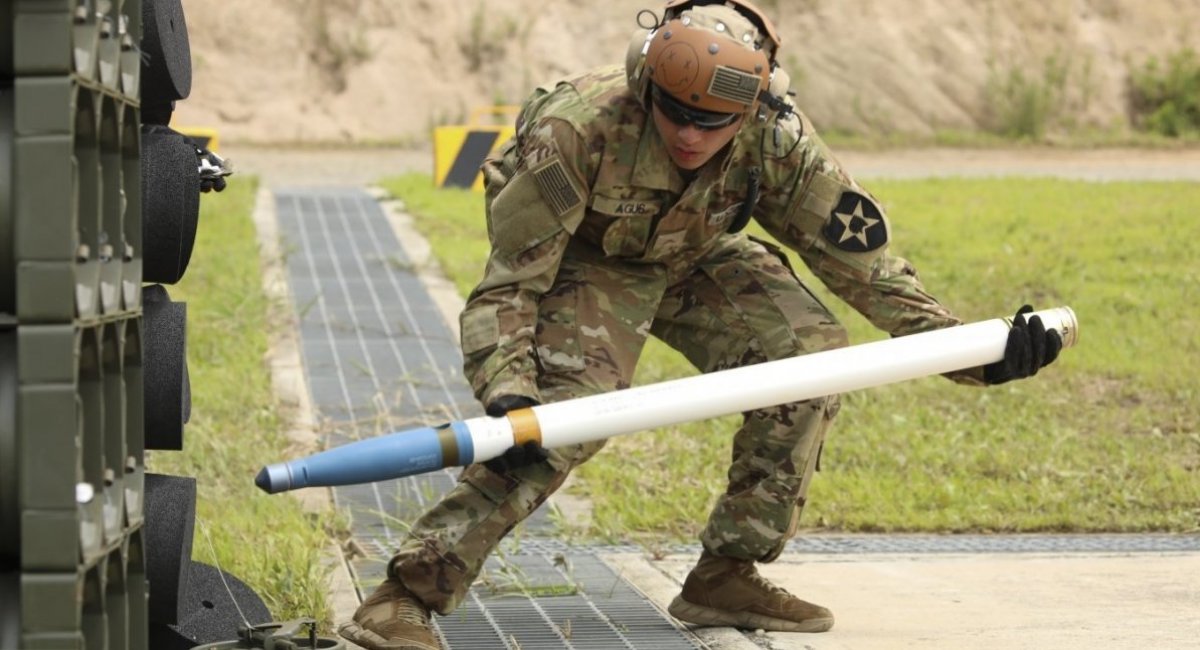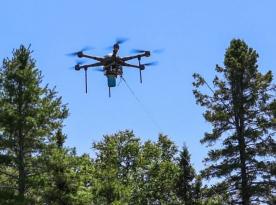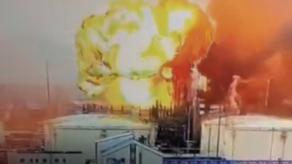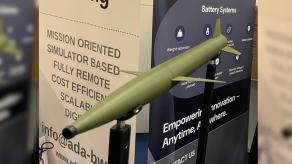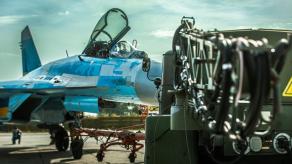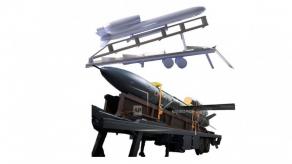The U.S. Army has begun exploring options for replacing the long-serving Hydra-70 unguided rockets, which first entered service in the early 1980s. According to The War Zone, the Pentagon is weighing whether to bolster its current stockpiles of the Hydra-70 rockets or acquire a new class of rockets with similar design features.
Any future replacement must meet strict performance standards. The U.S. Army requires a rocket capable of striking targets at a range of at least 8 kilometers in unguided form, or 7 kilometers when equipped with guidance systems. In addition, alternative munitions must be able to carry multiple warhead types, including high-explosive fragmentation, flechette, and training variants.
Read more: Arming F-16s with Lasers Against Drones: Israel Developing an Airborne Version of Its Iron Beam
The War Zone also revealed striking figures about the Hydra-70 rockets use. Each year, the U.S. Army alone expends more than 100,000 Hydra-70 rockets during training exercises. Annual production capacity stands at around 330,000 units, though in most years the output is somewhat lower. This highlights the challenge of sustaining stocks while balancing training, combat, and export requirements.
Over the last decade, American forces have fired some 1.7 million Hydra-70 rockets in training, combat operations, and testing. This extraordinary consumption underscores how deeply integrated the weapon remains in the U.S. and allied arsenals. Analysts note that in the event of a large-scale war, such as a potential conflict with China, the rate of expenditure could increase dramatically, straining production capacity.
Demand for the rocket has only grown in recent years. The guided variant, known as the Advanced Precision Kill Weapon System (APKWS), has proven effective against drones, a threat multiplying rapidly on modern battlefields. With global UAV production accelerating, the U.S. and its partners increasingly view the APKWS as an affordable countermeasure, further tightening supply chains.
Despite growing demand, American production is unlikely to expand much beyond current levels. Estimates suggest only around 230,000 rockets annually are available for the U.S. stockpiles and exports combined, leaving little margin to cover surges in consumption. This imbalance explains why the Army is eager to field an alternative rocket, ideally one that offers improved performance or production efficiency.
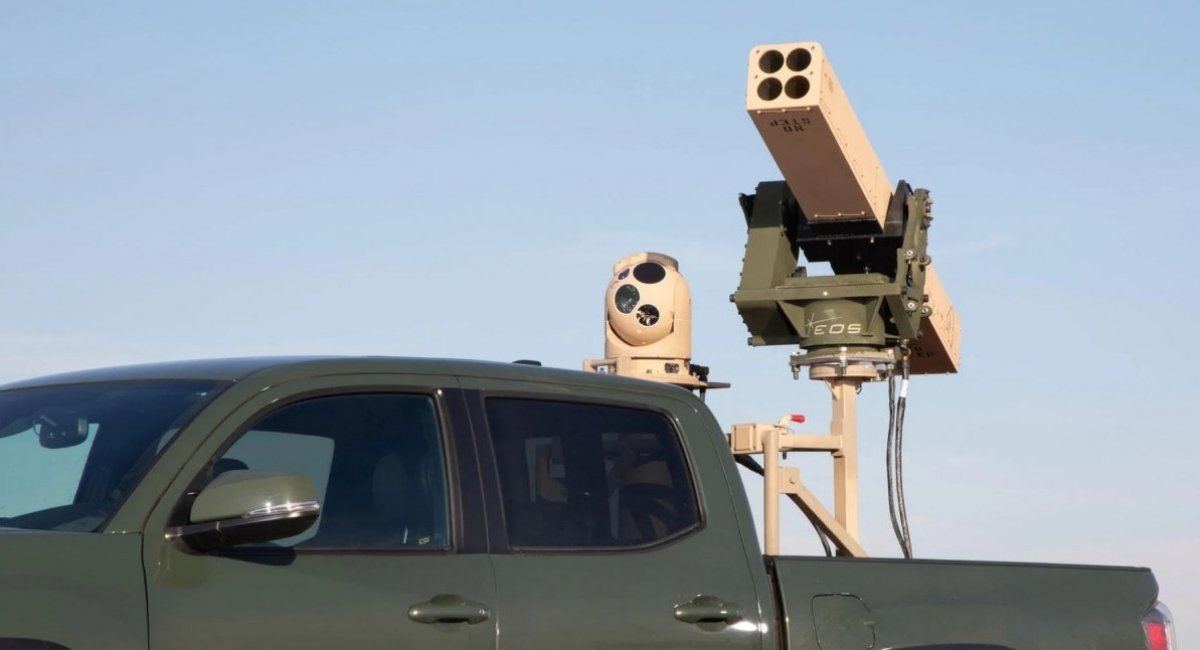
The Hydra-70 and APKWS rockets are also in use on the Ukrainian battlefield. The U.S.-supplied systems have been employed against Iranian-designed Shahed drones, as well as by helicopters striking ground targets in lofted firing profiles. For Ukraine, the availability of guided Hydra-70 rockets is critical to countering both drone swarms and fortified russian positions.
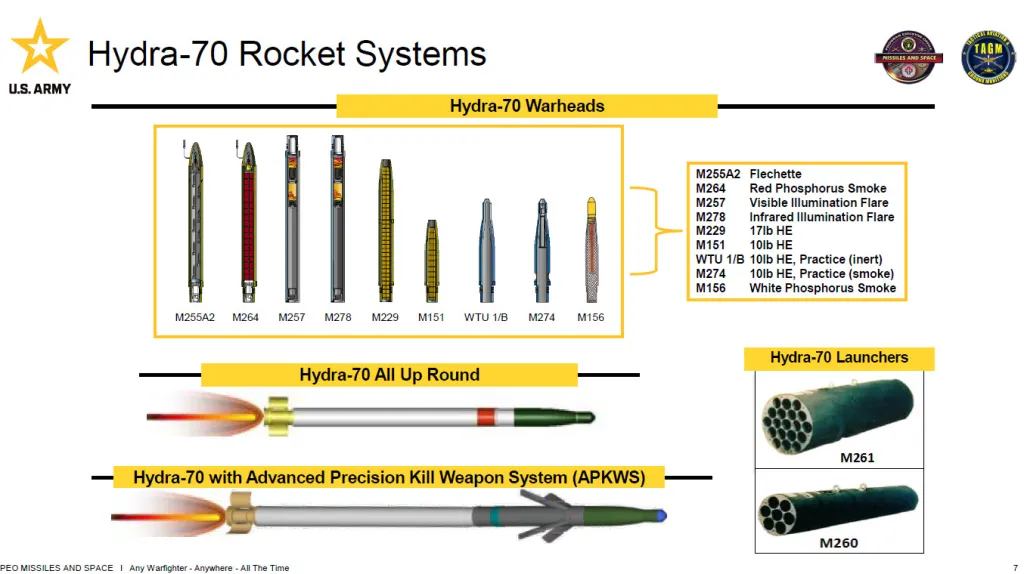
Recent U.S. arms sales raise questions about allocation priorities. Washington approved the transfer of 5,000 APKWS rockets to Nigeria, even as Ukrainian forces urgently require them for defense against persistent russian drone and missile attacks. Whether this deal will affect Kyiv's access to additional APKWS supplies remains unclear.
Read more: Dispute Over Drone Production for Ukraine at Renault Exposes russian Footprint in French Trade Unions




